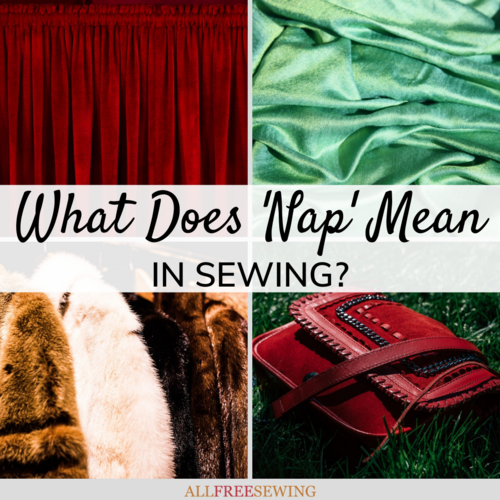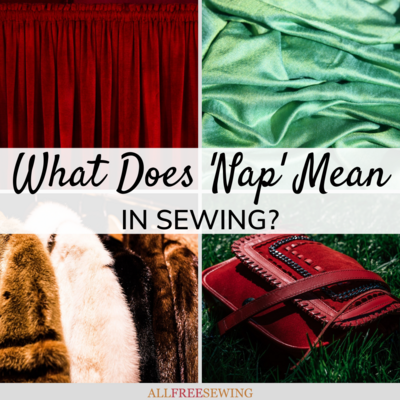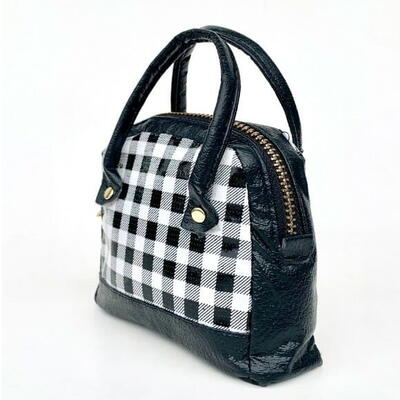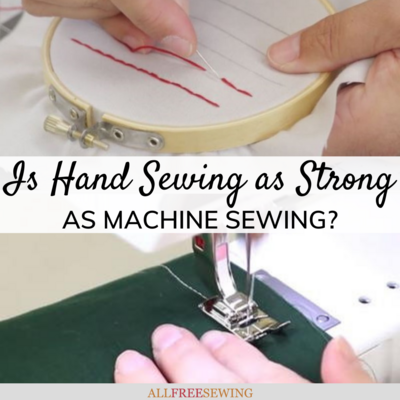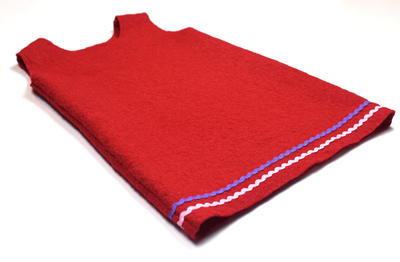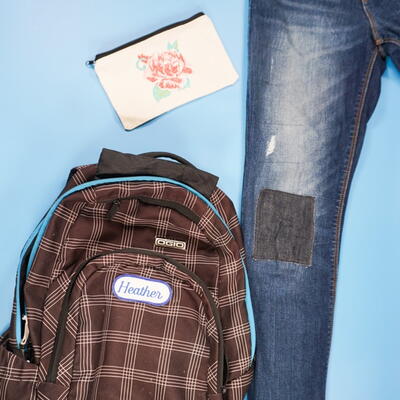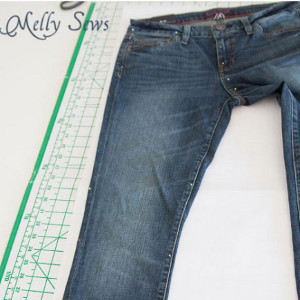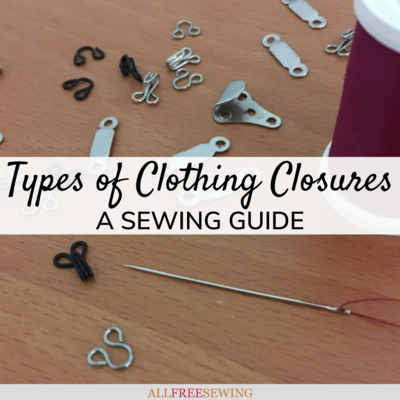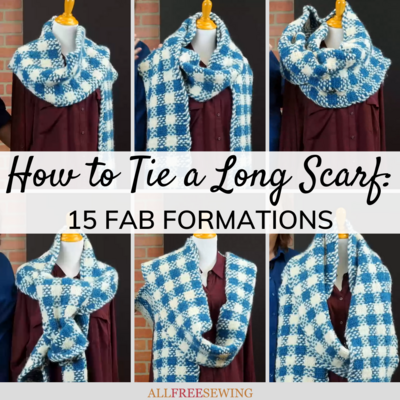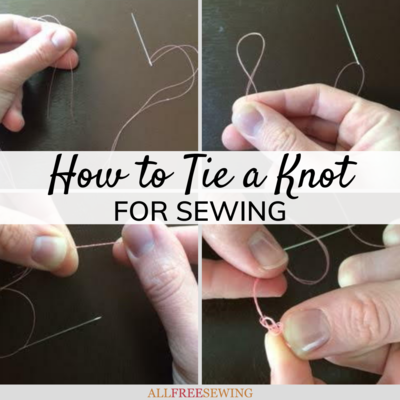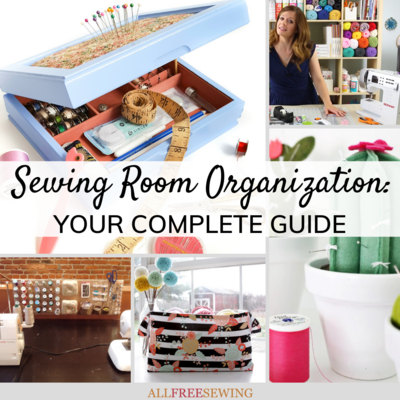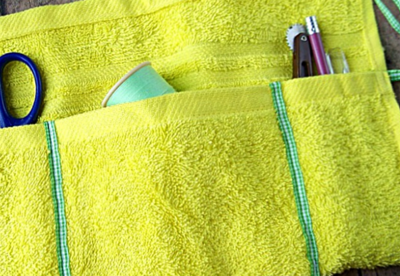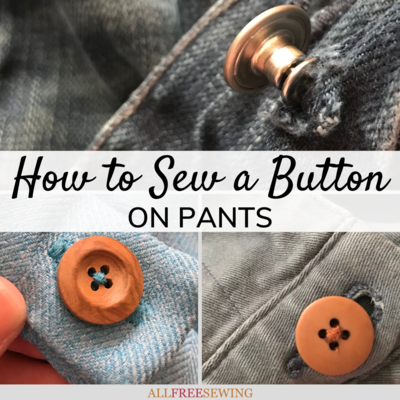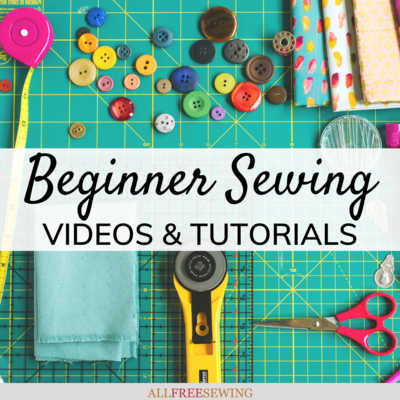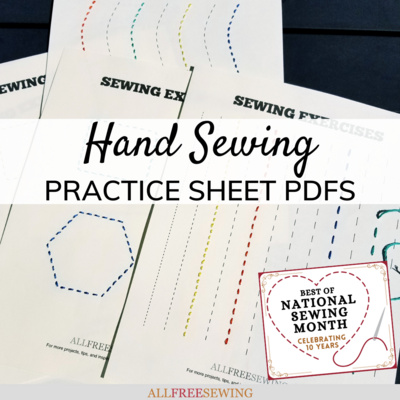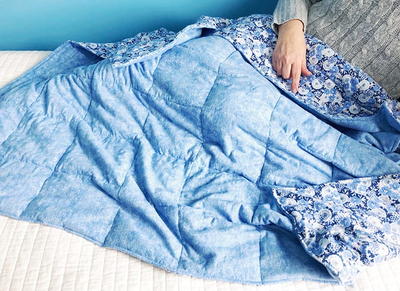What Does Nap Mean in Sewing?
Learn the definition of nap in sewing terms so that you can sew any material with nap, from velvet to corduroy, like a pro.
If you’ve ever come across the term "nap" in your sewing adventures, you may have been confused. Napping? During a sewing project? Though it might be refreshing for a sewing pattern to tell you to catch some midday Zs, nap has a different definition in the sewing world.
So, if "nap" doesn’t refer to a siesta, what does nap mean in sewing?
The answer is simpler than you’d think. Nap refers to the texture of a piece of fabric determined by the direction of its raised fibers.
Jennie Kermode, in her Start Sewing article “What Does With or Without Nap Mean[s]?” asserts that a fabric without nap is a fabric that looks the same regardless of its orientation.
A fabric with nap appears differently depending on its orientation because its fibers lie in a uniform direction. This visual effect may be subtle, but there are several methods to determine whether a fabric has nap, such as by touch and by light.
Certain fabrics, such as velvet, velour, fleece, and corduroy, often have nap and are used to give sewing projects an elegant sheen. We will explain everything else you need to know about nap and sewing below. Take a look!
Sign Up For More Free Patterns >>>
Table of Contents
Fabrics with Nap
According to the Sew Guide article “What is NAP?; Tips on sewing fabric with nap,” there are certain fabrics that always have nap due to the nature of their manufacturing process.
Fabrics with nap will give any sewn piece a lovely, elegant sheen, and they are often known for their plush texture. These fabrics include, but are not limited to (click on the name to find a project using that fabric)...
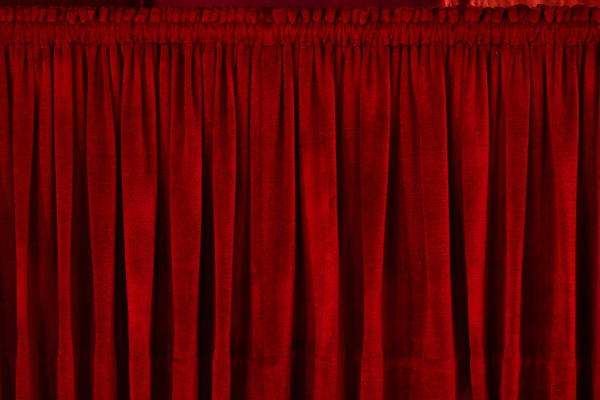
How to Tell if a Fabric Has Nap
Since nap should always face in the same direction in a sewing project, it’s important to be able to tell the difference between fabrics with and without nap. However, though many fabrics’ fibers clearly lie in a single direction, others are less easy to detect.
It may seem impossible at times to determine whether a fabric has nap or not. Never fear! These two simple methods, outlined in “What is NAP,” will show you how to tell if a fabric has nap with ease.
Never worry again about whether you’re cutting and arranging your fabrics correctly. These failsafe methods will steer you correctly every time.
Method 1: Touch
- Run your hand over the fabric slowly and gently in one direction, and then the other.
- If the fabric has nap, the fibers will feel smooth in one direction (the direction of the nap, also referred to as the "downwards" direction) and slightly rough in the opposite direction (against the nap, known as the "upwards" direction).
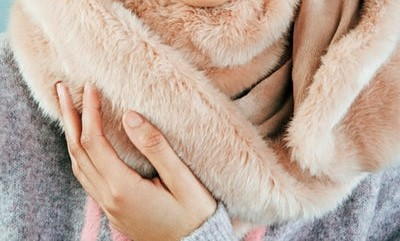
Method 2: Light
- Take your fabric into the sunlight.
- Run your hand over the fabric slowly and gently in one direction. Observe the apparent lightness of the fabric.
- Run your hand over the fabric in the opposite direction. Observe whether the fabric appears lighter, darker, or the same.
- If there is a difference in light based on the direction you ran your hand, then the fabric has nap. The “lighter” color indicates that you ran your hand in the same direction as the nap, also known as the downward direction. The “darker” color indicates that you ran your hand against the direction of the nap, or in the upwards direction.
- If there is no difference in light based on the direction you ran your hand, then the fabric does not have nap.
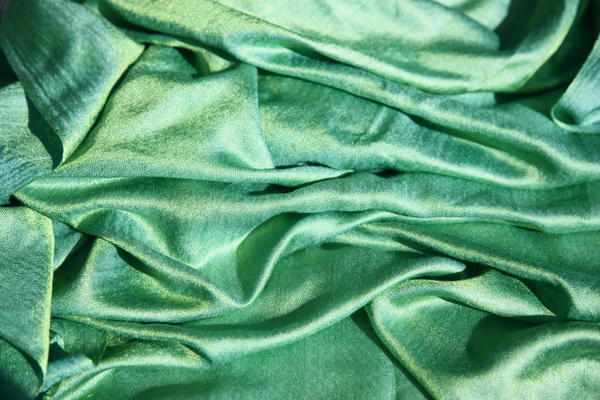
What technique do you want to master in sewing?
Let us know in the comments!
Read NextHow to Sew a Button on Pants

